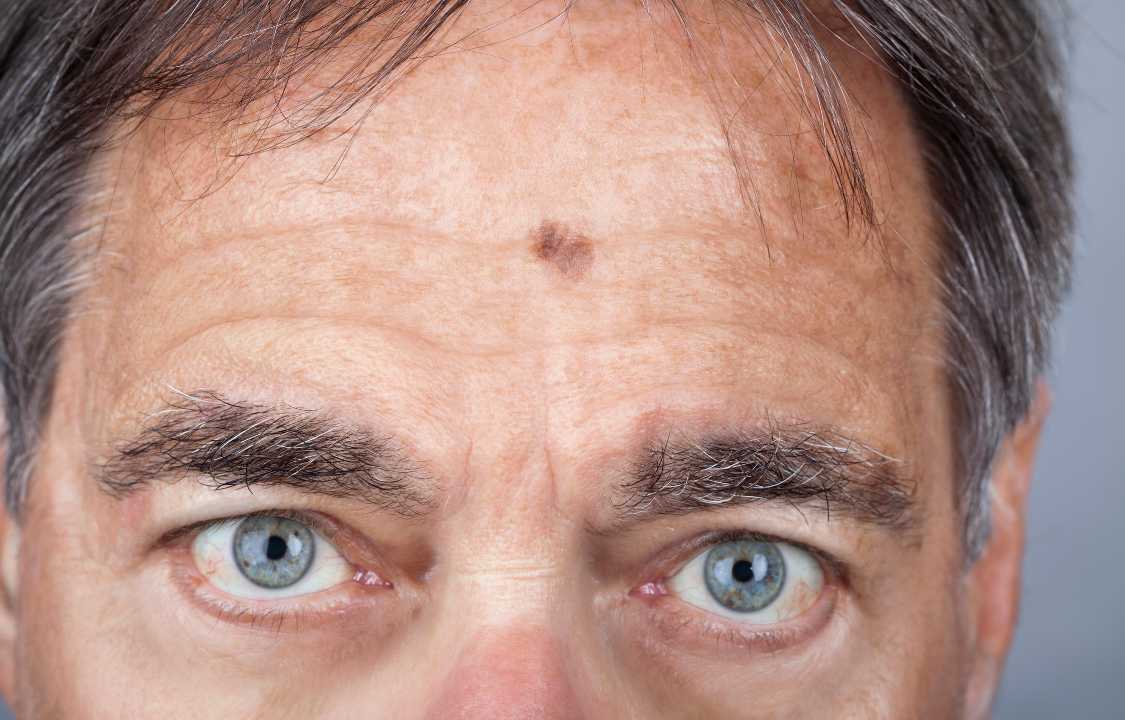Melanoma, a perilous form of skin cancer, looms as a significant health threat. If left untreated, it can infiltrate deeper layers of the skin or even spread to vital organs, culminating in life-threatening consequences. Furthermore, the prevalence of melanoma is on the rise. According to the Skin Cancer Foundation, there is a projected 4.4% increase in melanoma-related deaths in 2023, with an anticipated 186,680 new cases emerging in the United States alone. This perilous trend calls for heightened vigilance and awareness.1
Alarmingly, men face an elevated risk of succumbing to severe melanoma. Out of the expected 97,610 cases of invasive melanoma in the U.S. this year, a staggering 58,120 cases will afflict men. Moreover, of the estimated 7,990 melanoma-related deaths anticipated in 2023, men will constitute the majority, with 5,420 fatalities.1 The severity of this gender disparity underscores the urgency of the situation.
Several complex factors contribute to this alarming discrepancy, encompassing genetics, cultural norms, and public health messaging. Together, they create a significant gap in both the understanding of risks and the adoption of preventive measures between men and women.2
The Gender Disparity in Melanoma: An In-Depth Analysis
One striking aspect of the gender disparity in melanoma is that it evolves with age. Dr. Jesse Miller Lewin, a Program Director for the Micrographic Surgery and Dermatologic Oncology fellowship program at Mount Sinai Health System, points out that women tend to develop more melanomas than men before the age of 50. However, after the age of 50, men exhibit higher rates of melanoma incidence and mortality compared to their female counterparts. In fact, men are more likely to succumb to melanoma than women. This perplexing phenomenon underscores the multifaceted nature of this issue.
One of the key explanations provided by experts is that men tend to be less attuned to changes in their skin compared to women. Dr. Teo Soleymani, a board-certified dermatologist and an expert in the field, highlights that this gender discrepancy can be attributed to several factors:
1. Cultural Dynamics: Skincare and skin health are culturally less ingrained in American male consciousness. This trend may be rooted in societal norms and expectations regarding cosmetics and aesthetics, which often prioritize women.
2. Occupational Exposure: Historically, men have engaged in occupations that necessitate prolonged sun exposure, rendering them more susceptible to the harmful effects of ultraviolet (UV) rays.
3. Sunscreen Utilization: Men are less likely to use sunscreen regularly. Many men either do not incorporate sunscreen application into their daily routines when venturing outdoors or find it challenging to apply sunscreen adequately, especially if they have substantial body hair.
4. Health Seeking Behavior: Men, as a general trend, tend to seek healthcare services less frequently than women. This disparity extends beyond dermatological care, encompassing primary care services and regular dermatological screenings.
Furthermore, genetic and physical factors appear to be at play, compounding the challenges associated with melanoma. Researchers suggest that differences in skin composition between men and women may render men more susceptible to sun damage from UV radiation. Genetic mutations, particularly in the CDKN2A gene, are believed to be more prevalent in men and could contribute to their higher risk of developing melanoma. Additionally, the protective effects of estrogen, predominantly found in women, may offer some resistance against melanoma development.4
Vital Steps Towards Prevention and Early Detection
The gender disparity in melanoma underscores the imperative of proactive measures for both men and women. Preventive strategies encompass:
1. Routine Skin Checks: Regular skin examinations are crucial. Melanomas can manifest in areas of the skin that are not typically exposed to the sun. Partner-assisted skin checks, especially in hard-to-see areas like the back, can facilitate early detection.
2. Annual Dermatological Appointments: Similar to routine dental cleanings and physical examinations, annual all-body skin checks with a dermatologist should be prioritized. These appointments can significantly contribute to early melanoma detection.
3. Self-Examinations: Individuals should perform monthly self-examinations of their skin, using mirrors to inspect hard-to-reach areas. Any unusual changes, such as new moles or persistent skin irregularities, should prompt immediate medical evaluation.
4. Sun Protection: Sun safety measures are paramount. These include avoiding sun exposure during peak hours (10 a.m. to 2 p.m.), seeking shade, wearing wide-brimmed hats and sunglasses, and consistently applying sunscreen with a sun protection factor (SPF) of 30 or higher.
5. Family History: Understanding one’s family history of melanoma is crucial. Individuals with a family history of melanoma should be particularly vigilant and proactive in seeking preventive care.
In summary, melanoma presents a pressing health concern, with men facing a disproportionately elevated risk. The multifaceted nature of this gender disparity, influenced by cultural, genetic, and behavioral factors, underscores the need for comprehensive awareness and preventive measures. Early detection through routine skin checks and dermatological appointments is pivotal in reducing the impact of melanoma. It is imperative that individuals, regardless of gender, prioritize skin health and sun safety to mitigate the risks associated with this formidable disease.

